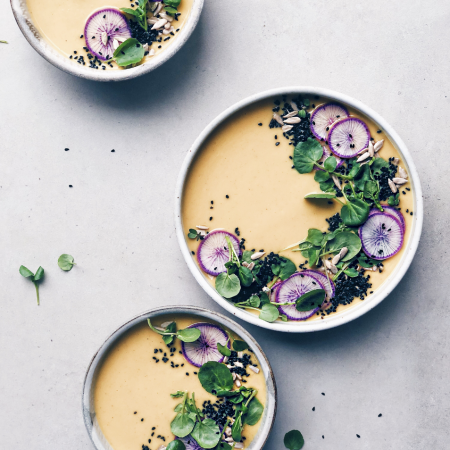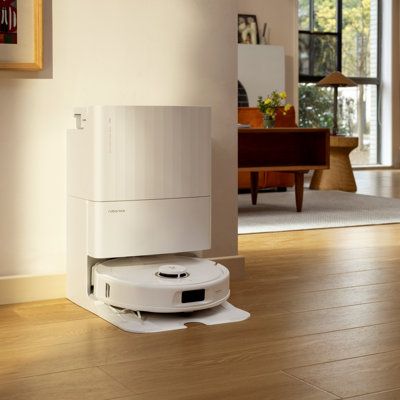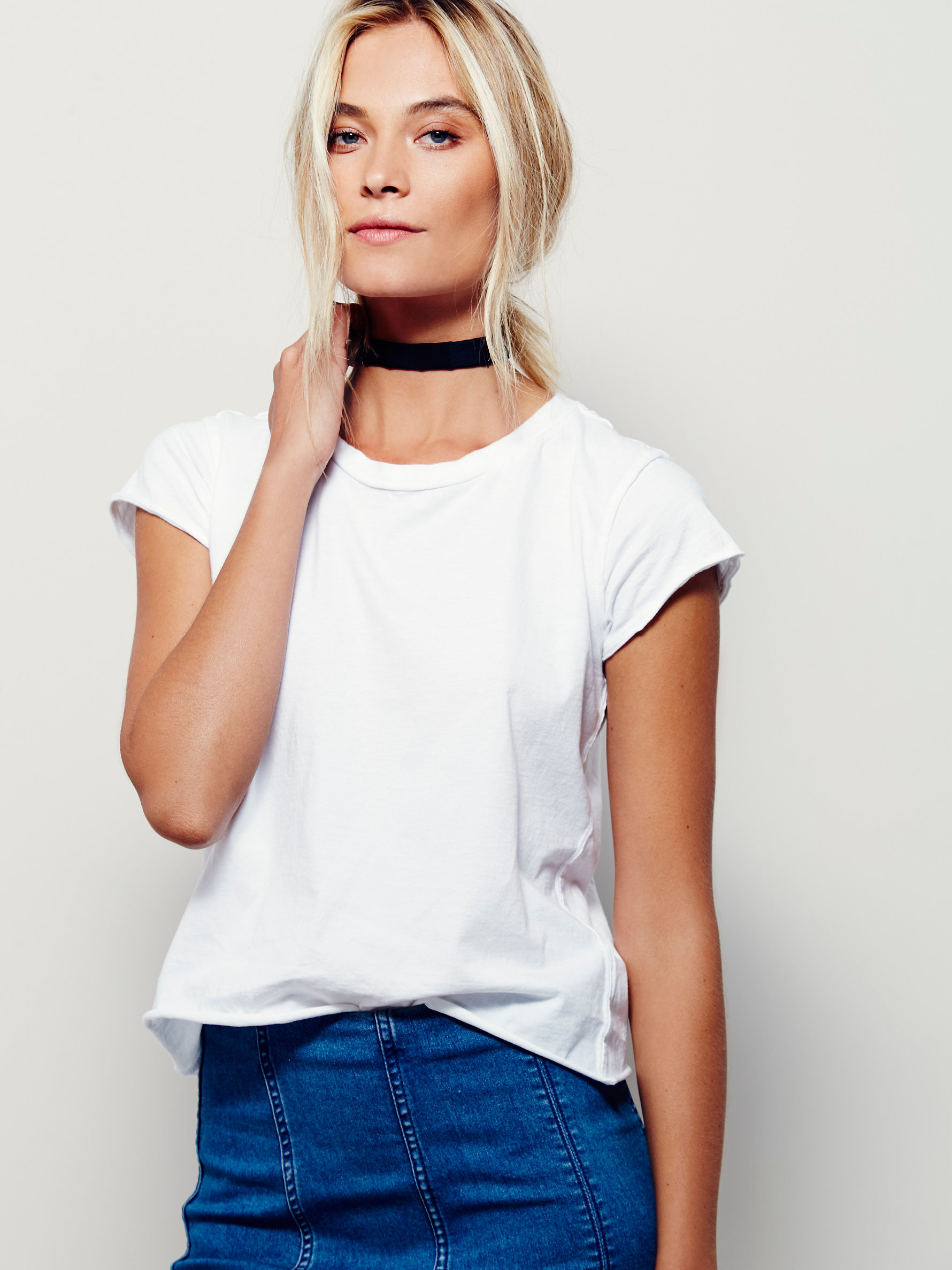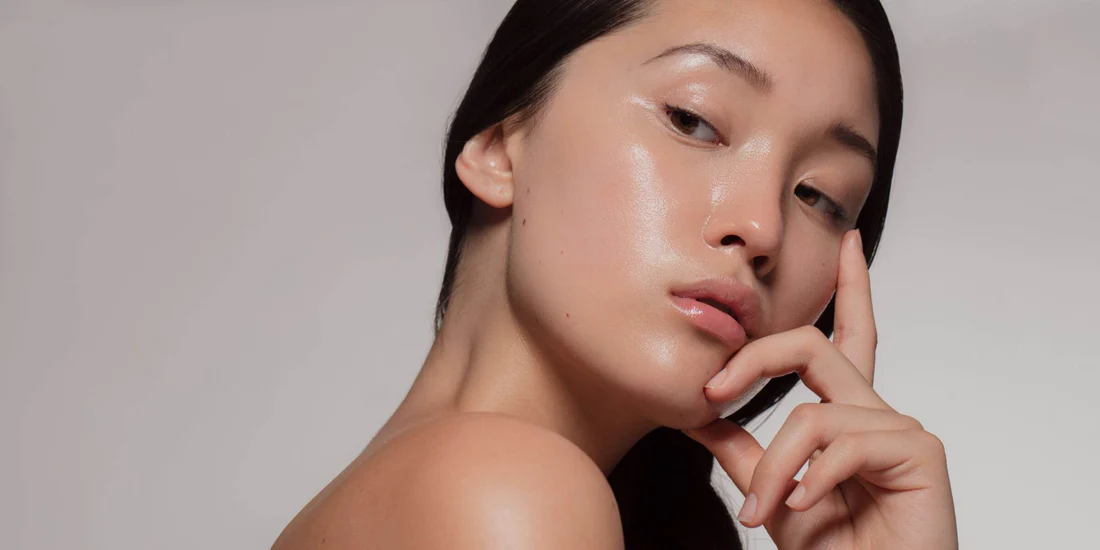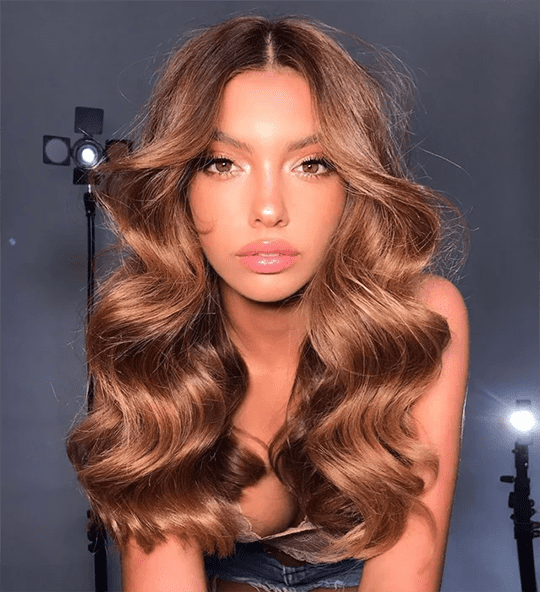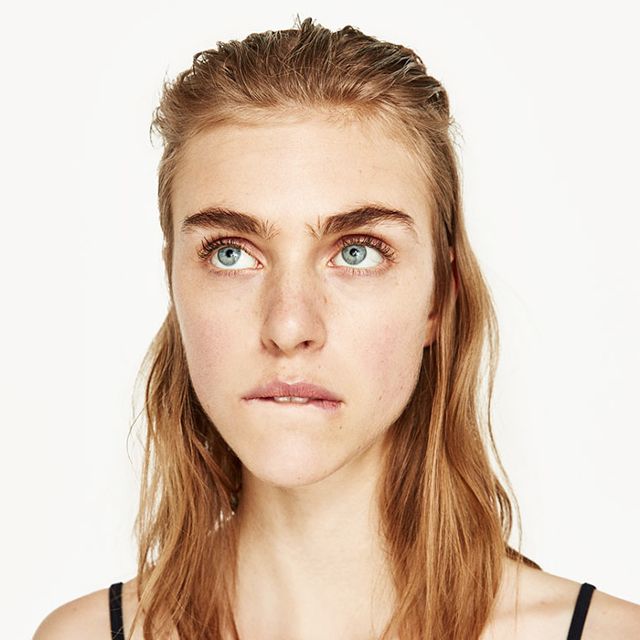We’ve all seen the advertisements for restaurants that show food and drinks all plated up. Or we’ve scrolled through our newsfeed and seen pictures of what people have made for dinner. Taking pictures of food isn’t difficult, but making the picture and the food look good enough to eat during their photoshoot? That can be difficult. While you might not have access to all of the fancy tricks and programs that food commercials do, there’s still plenty you can do to make your own home-cooked meals pop the next time you post a picture to social media.
What Angle is Best?
One of the first things you need to know when photographing food is where to put the camera. This is where commercials can really help you out because copying their angles is rather easy. For foods like pizzas, flatbreads, and cookies, you’ll want to photograph the items from the top.
But if you are showcasing a sandwich or hamburger, then you’ll want to take your pictures from the side so you can show off everything between the bread. Finally, some foods take their best pictures at an angle. Using some common sense can go a long way, and then you can snap a few pictures at various angles to figure out the rest. Even think about adding height to enhance the look of your food. Place food on a thick cutting board, on other food, or take your photo from a higher angle. If you can make your food look bigger than it actually is, then do so. After all, no one talks about taking a bite of a ‘small juicy burger!’
What Should Be in The Photo?
While the star of a food photograph should be the food, you’ll need to have other things that will draw attention to it. Picking a good plate can be very beneficial for starters. Think about the plate’s color and shape. For example, if you are taking a photo of a freshly cooked brisket, then you probably don’t want to place it on a dark plate. Instead, think about using a wooden cutting board or white plate to contrast from the dark-colored meat. Adding white flour sack towels brings nice pops of color to your photo, as does adding colorful napkins. If it doesn’t add to the photo and enhance the food, then you don’t need it in the picture.
Think about Color And the Backdrops
Every food has its own color, and using that fact to your advantage can help you get more from every photograph you take. Think about the food you want to take a photo of, and analyze all the colors it has to offer. This might be easy for something like an apple or grape, but if you are photographing grilled chicken, you’ll be able to use more options. You’ll have the white of the chicken, black marks from the grill, and perhaps the brown color of the skin. So white, black, and brown. Then think about what colors contrast with those, perhaps a bright red or green. If you get something bright and bold to sit next to the meat, you can draw more attention to the picture as a whole. Sometimes prepare great backdrops for food photography is also very great idea.
Only Natural, no Substitutes
No, we aren’t talking about food, but instead about light. When you photograph food you always want to do it in natural light. Artificial light from lamps and overhead can often flood the photo with a white or yellow light that can take away from the colors you want to showcase.
But natural sunlight can add more dimensions to your photo, and while it might restrict you from taking pictures until certain times of the day, the photos you do take will be all the better for it. Find an area in your house with a window or with lots of natural light, and experiment with your camera to see what works best for you.
Practice Makes Perfect
Finally, you can follow every single tip and absorb every bit of knowledge, but it won’t do you any good if you don’t start taking photos of food. You’ll learn something from every single picture, and you’ll get better with every single picture.
Think about the food you make every single day, and get in the habit of taking a picture every time you make the meal. Read up on other food photographers and see what they are taking pictures off, and don’t be afraid of retaking pictures until you get them right.
Soon, you’ll take that will start giving people cravings, and that’s the epitome of being a food photographer.
